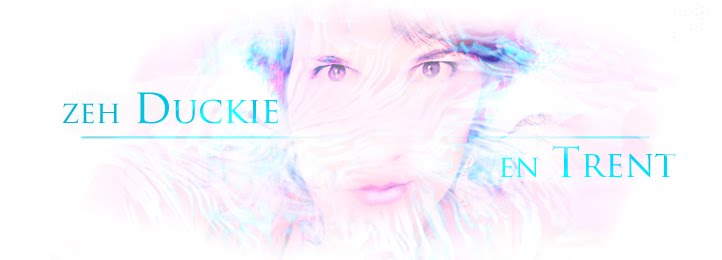The project was launched after observing that there is a growing tendency among young adults to use comedy routines as a source of information alongside or sometimes even to the detriment of conventional media sources.
The first part of the research focused on reviewing theories about humour, how it is constructed and why we laugh. Going a step further, the research document suggested there might be similarities between the role played by the performer/writer of comedic content in the present with that of Karl Kraus` early 20th century Vienna (loss of confidence in traditional media outlets due to their evident coalescing with those in power and corporate interests).
Considering this context, the topic I wanted to look at in the practice-led segment of the project was that of audience response to comedic content, focusing specifically on how performance affects the overall perception of the message. The theoretical underpinning for this inquiry was Hodgart`s concept of the aesthetic value found within comedic performance, the element which separates them from a common moralising rhetoric an angry man`s rant or a political/social mobilising discourse.
As a brief overview, the 6 artefacts looked at aspects of nonverbal and paraverbal communication, stage persona and context.
Artefact 1 gauged the overall preferences of an audience for different ways to tackle similar issues, centring around nationalism and patriotism, by four comedians. Respondents watched a video collage and answered a questionnaire. They were asked to identify what the main argument to support the comedian`s stance was, how he went about presenting it in his performance (comparison, hyperbole, impersonation, etc), the reaction he was trying to get from his crowd and how he presented himself on stage as a character.
The one comedian that confused the audience and whose performance was not enjoyed was Bill Hicks aggressive bashing of fake patriotism. This connects to the audience`s perception of the context and ambience a comedy show should have, partly, as artefact 6 will show.
Artefact 2 worked in three stages, from text to audio to video, gradually uncovering the performer behind the message. Having chosen an out of the ordinary stage appearance like Eddie Izzard (unusual at least for non-British and Western viewers) what immediately cropped up was that appearance can have two important effects upon the audience`s understanding of the material:
a) it can hinder it, because it acts as a distraction
b) it can change the point of reference, from text and paraverbal signs, to visual cues.
Artefact 3 was born after seeing how visuals can `steal the show` and absorb the audience. A short comedy sketch was written and recorded with participants taking part in a focus group. Important thing to note here, at least in terms of young adults, longer audio segments unaccompanied by visuals can easily become confusing. Some basic understanding was achieved but it was brought about by several hints and the overall message of the piece wasn`t evident to everyone.
On a side note, this artefact reminded me that there are quite a few comedians who use a flat delivery and are very successful. It seems, you don`t have to use all the tricks of drama and oratory to grab the attention of your public, and your stage persona doesn`t have to conform to those standards either (this links to artefact 5).
Artefact 4 made audiences think of paraverbal and nonverbal signs working together. Two subtitles portraying different scenarios were attached to a foreign film and respondents were asked to identify the original scenario. Those who realised the need to rely on more than visuals managed to give the right answers. Also, it turned out how even when it can be misleading, visual information is still heavily used to establish context and characters.
Artefact 5 turned the attention on the dangers of downplaying the importance of context for the sake of comedic appeal, especially in parodies (the specific case of Hitler and Nazi Germany). The context into which the public find themselves, it was argued during the course of an interview, is extremely important. It relates not only to pressure from our peers, but also to the note in which we choose to receive messages (comic, moblising, moralising, etc).
Artefact 6 finally tested these assumptions by making respondents fill out a questionnaire while listening to recorded audio samples from varying contexts. Their perception of the message was heavily influenced by ambient.
